Learning about your ancestors’ work can give you a richer sense of their lives. We were asked recently about the Wonthaggi Coal Mine – the inquirer’s great uncle had come from Scotland to work in the mine, along with many others – U.K. migrants making up approximately 1/5th of the population in 1933. 1
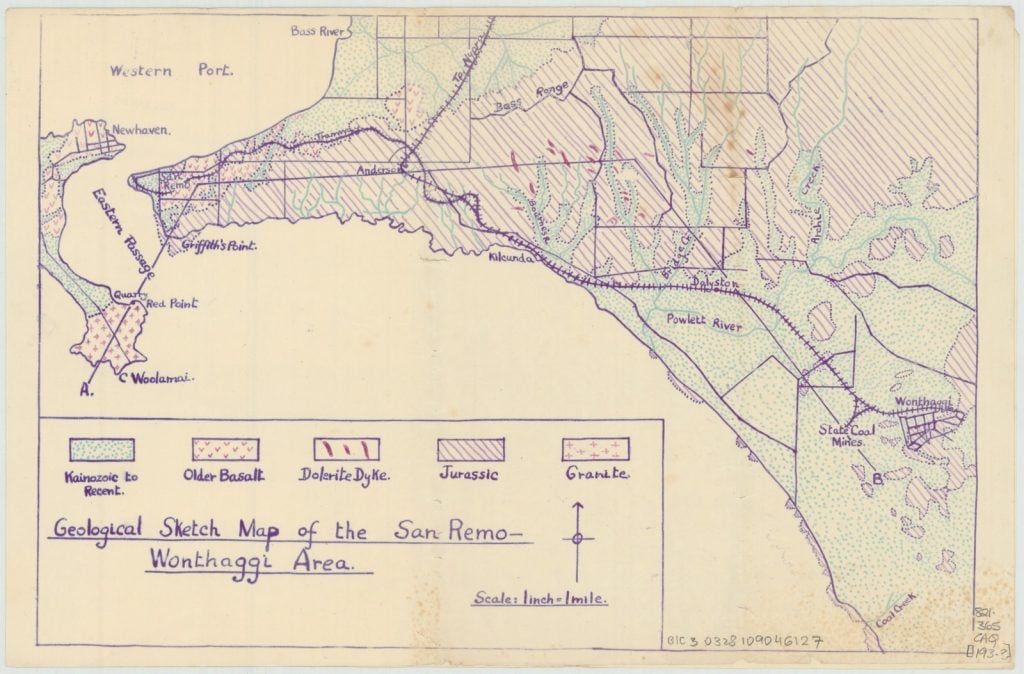
Opening in 1910, the mine was intended to deliver a reliable coal supply for the Victorian Railways. The Wonthaggi township was established east of the coal mine and became the centre of coalmining in Victoria.

For the miners arriving in November 1909, their first home was the tent city, Bachelors Camp. A government housing tender was let in February 1910 and by the end of the year, 100 cottages had been built. 2
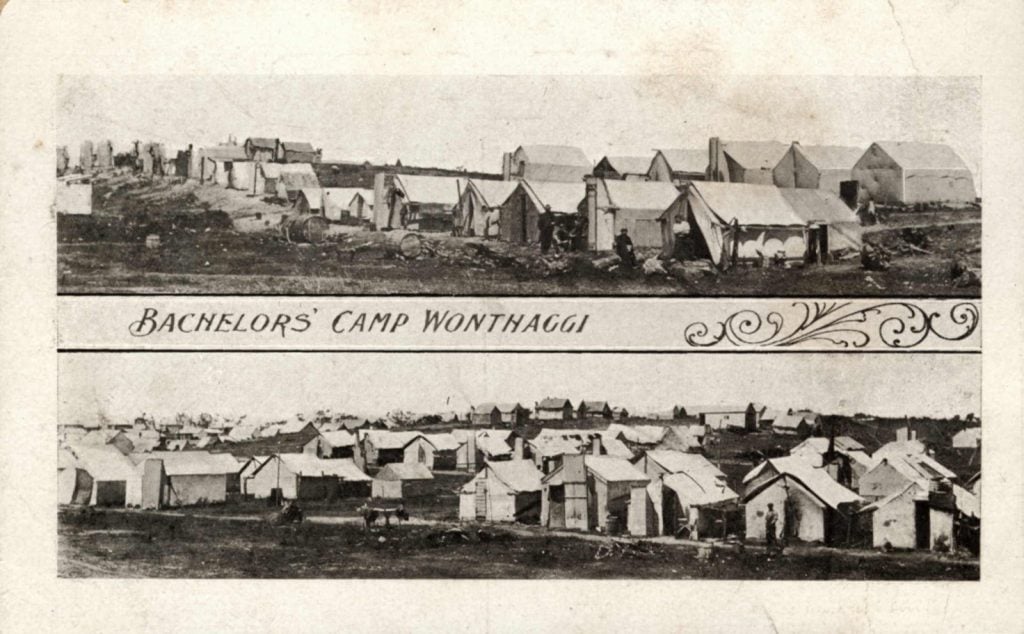
Development proceeded apace – by 1914 the Victorian municipal directory could describe Wonthaggi as:
a prosperous coalmining town with post, telegraph and money ordering office, state school, six churches, branches of 2 banks, savings bank, police station, insurance companies, two newspapers, coffee palaces, boarding houses, numerous stores, public hall, picture theatres and skating rink and band.
Victorian municipal directory, 1914

The Federated Miners Union was instrumental in developing many of the towns services and facilities:
Over the years it had initiated and maintained a Workman’s Club and Friendly Society, Dispensary, Dental Clinic and Cooperative store. It had organised the towns carting service for the home delivery of coal, and these efforts had culminated in 1924 with the construction of a Union Hall and Theatre, an elaborate triumph that expressed the assumptions of permanence in the mining population.
Cochrane, Peter, The Wonthaggi coal strike, 1934, Labour History No. 27 (November 1974), p. 13
An illustrated supplement in The Australasian showed the difficult conditions the miners worked under at Wonthaggi. With a reputation as one of the most dangerous mines in the country, over 80 men lost their lives during its operation. 3 The Public Record Office Victoria holds inquest files for the men killed in these mine accidents.
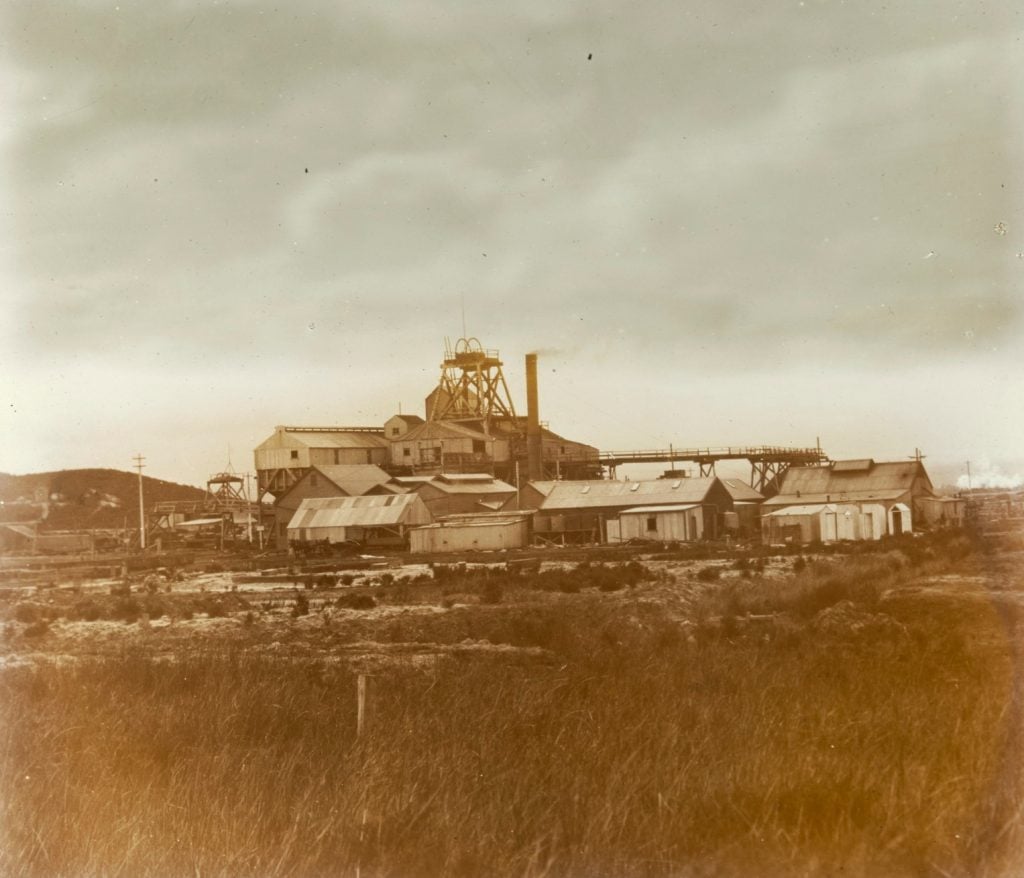
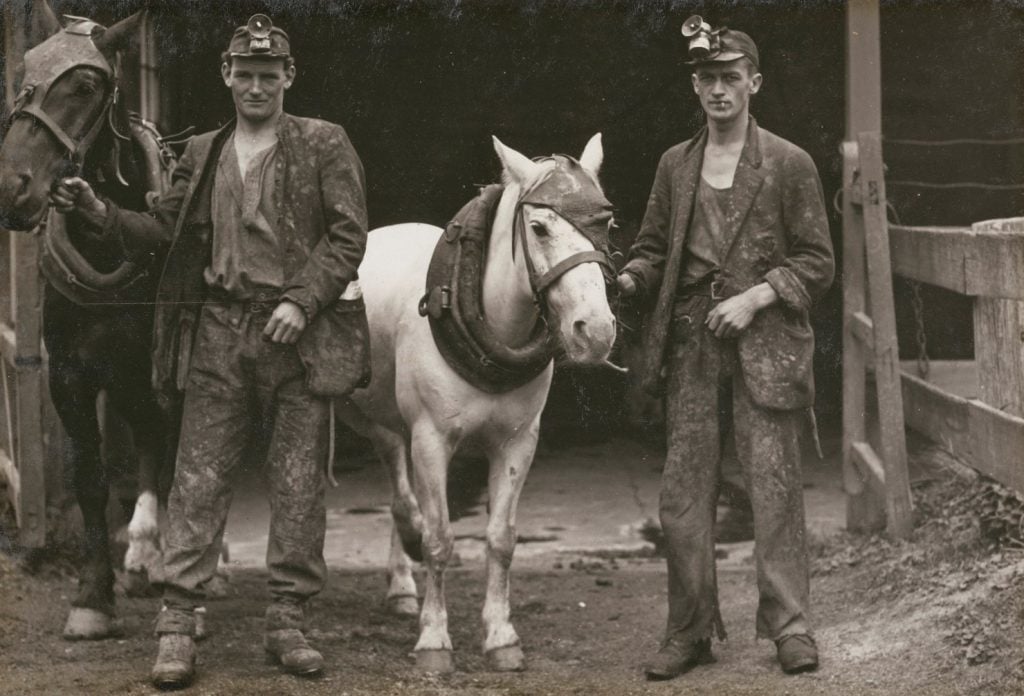
Pit boys and ponies, State Coal Mine, Wonthaggi,1929: H2006.196/9
The most deadly mine disaster happened on 15 February 1937, when 13 men were killed by an underground explosion. A Royal Commission later that year recommended improved safety measures and other initiatives to improve mine operations.
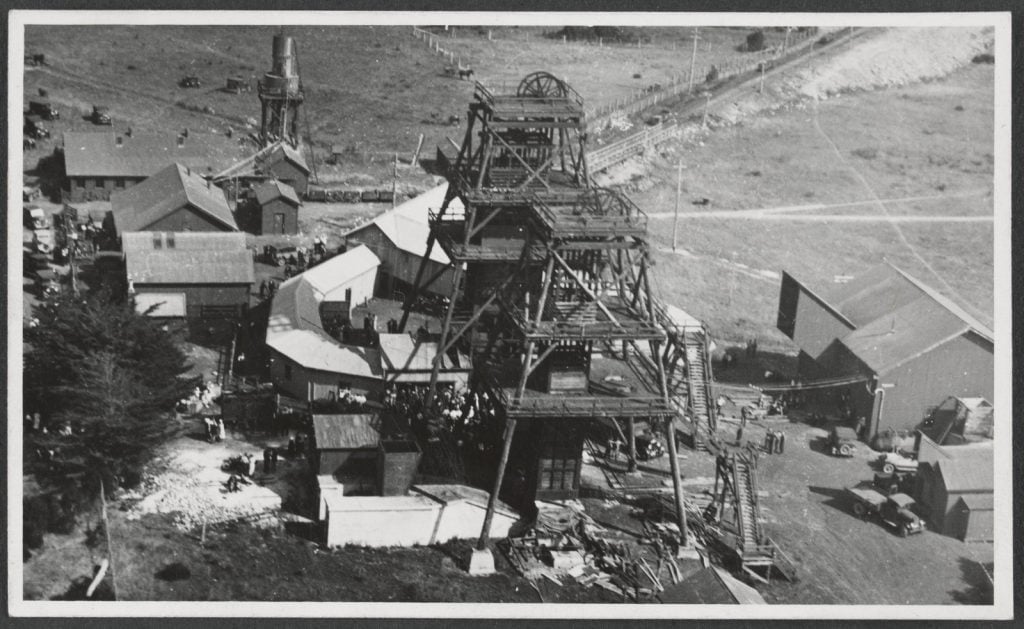
Taken on Monday, 15th Feb. 1937 from a special Sun plane. H19744
Industrial disputes and the hardships of the Depression years led to challenging times for the Wonthaggi community. Coal production fell away in the 1930’s, and the mine finally closed in 1969 as steam locomotives were phased out in favour of diesel trains. The mine sites and related buildings are listed on the Victorian Heritage Register, and today, you can experience something of the the mining past at the State Coal Mine Museum.
To find out more about life in Wonthaggi, varying runs of the following local papers are available online through Trove:
The Age, Weekly times and The Argus, are also available on Trove through to the mid 1950’s.
The Wonthaggi sentinel is available online through the Wonthaggi Historical Society for 1910-1911.
To confirm if an ancestor was employed at the mine, consult the Register of employees, either at the Library, the Public Record Office of Victoria, or online through Ancestry (available to view for free inside the Library). The registers include employees’ names and personal details, including marital status, number of children, and age.
Our research guide, Researching your Victorian ancestors shows you the range of other resources that can help you further with your family history research.
More to explore
Coal mining in Gippsland – books in our collection
20 shaft’s blown up! An account of the 1937 disaster, State Coal Mine, Wonthaggi. Newhaven Secondary College, 2013.
Carew, Veronica, Digging deep: a history of the Kilcunda coal mines, Newhaven Secondary College, 1991.
Gannon, T.J., Wonthaggi and district, past and present, Powlett Express, 1934.
Occupational sources for family historians, State Library Victoria, 2013.
Internet resources
Wonthaggi – Victorian Places
Wonthaggi Historical Society
Wonthaggi State Coal Mines Family History Resource Centre
Wonthaggi Coal Mines – Museums Victoria
State Coal Mine – records held at the Public Record Office of Victoria
References
- Cochrane, Peter, The Wonthaggi coal strike, 1934, Labour history, No.27 November 1974, p.12
- Bass Coast heritage study – stage 2, Built Heritage Pty Ltd, p.136
- Thompson, Jennifer, The militant history of Wonthaggi, Green left weekly, 18 September 1996.


A Great Coal Mine that served Victoria with fuel for Steam Trains and Power Stations for around 60 years.
A Courageous workforce to help build a wonderful State.
Hello Ray – thank you for reading the post – it was so interesting to learn about the establishment of the mine and the Wonthaggi community too – yes looking at the work the miners in that era did – such hard and dangerous work.
What breed were the horses ?
Hello Jim – I haven’t been able to find anything definitive – one article speaks of many of the ponies being bred specifically for the job, with out any further detail. Joe and Lyn Chambers wrote a book Come here. Gee off, about the pit ponies working at the Wonthaggi Mine – but no mention of breeds – the photographs show a range of sizes however, and the text includes mention of horses and ponies. An article in the Weekly Times, speaks of Baldy, a Welsh mountain pony greeting the Governor in 1911, but the article at the time doesn’t mention the breed. The term “pit pony” does seem to include larger breeds, such as Clydesdales used at Collinsville, Queensland.
Kiss Lass, worked in the Wonthaggi mine for 21 years, until an accident retired her from active duty. Her breed isn’t mentioned, but an article in the Herald, in 1915, describes her as 10 1/2 hands high. You could also try contacting the Wonthaggi and District Historical Society – they may have further information. The Public record Office – listed above – has the records relating to the mine – that might include more information on the horses who worked there.
There are some remarkable stories in the Bass Coast Post of the working lives of ponies and their miners.
I love this site
Hello Alyssa – thankyou! I’m glad that you enjoyed reading it.